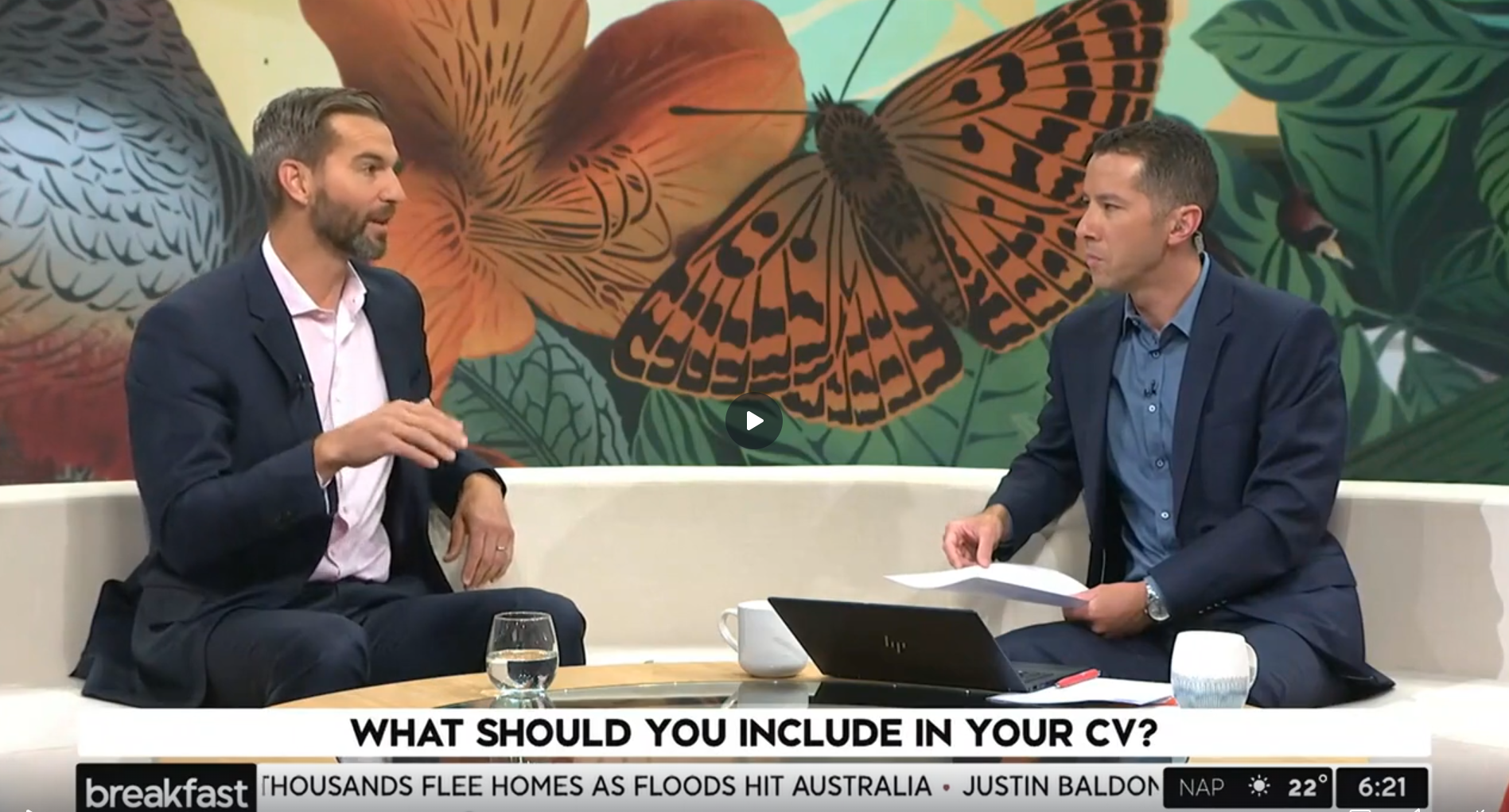August 4, 2025
Executive Job Seekers: Creating an Impactful CV
by
Tony Pownall & Craig Malcolm
Looking to refresh your CV for your next leadership move? In this Cultivate-hosted webinar, Tony Pownall and Craig Malcolm from Cultivate Executive Search share real-world advice on what makes a CV stand out at the senior level - including structure, tone, language, and strategy.
Whether you're actively job-seeking or just want to be ready for the right opportunity, this session is ideal for executives, senior professionals, or anyone needing to articulate a broad career in a clear and compelling way.
You’ll walk away with practical, honest insights on:
- Structuring a strong CV
- Crafting your professional summary
- Using AI without losing your voice
- Avoiding common mistakes that weaken your impact
- Navigating career gaps and contract work
A summary of the key content includes:
CV Structure and Content
• Focus in detail on the last five years of experience; earlier roles can be summarised.
• Use a consistent format for each role: context, scope, and key achievements.
• Keep it to two or three pages with plenty of white space and a clean layout.
Professional Summary
• Include a short introduction (three to five lines) at the top of your CV that captures who you are and what you bring.
• Especially helpful if returning from a break, changing industries, or repositioning.
• Avoid generic phrases like "results-driven team player" and instead be specific and clear.
Tone, Style and Clarity
• Use plain language that sounds like you, professionally.
• Remove filler and empty statements unless you can support them with examples.
• Clarity and readability are more effective than complex wording.
Using AI Wisely
• AI can help refine or reword your CV but should not replace your voice.
• Always start with your own draft to ensure accuracy and authenticity.
• Be cautious of overly generic or robotic outputs from AI tools.
Achievements Over Duties
• Focus on the impact you delivered, not just the tasks you were responsible for.
• Use action-driven bullet points that start with strong verbs like led, delivered, increased, or improved.
• Quantify achievements where possible, such as "Reduced costs by 18%" or "Managed a $5M portfolio."
• Include three to five relevant achievements for each recent role, aligned with your target job.
• Highlight the scale or scope of your work, including team size, budget, or reach.
• Keep each point concise and avoid repeating similar examples across roles.
Gaps and Contracting
• Briefly explain any career gaps to maintain timeline clarity.
• For contract roles, highlight results and repeated work with clients or agencies.
• Be consistent in how you present contracts, especially if you’ve worked through one provider.
Show Personality
• Add a short "Interests" or "Personal" section to give a sense of who you are outside of work.




